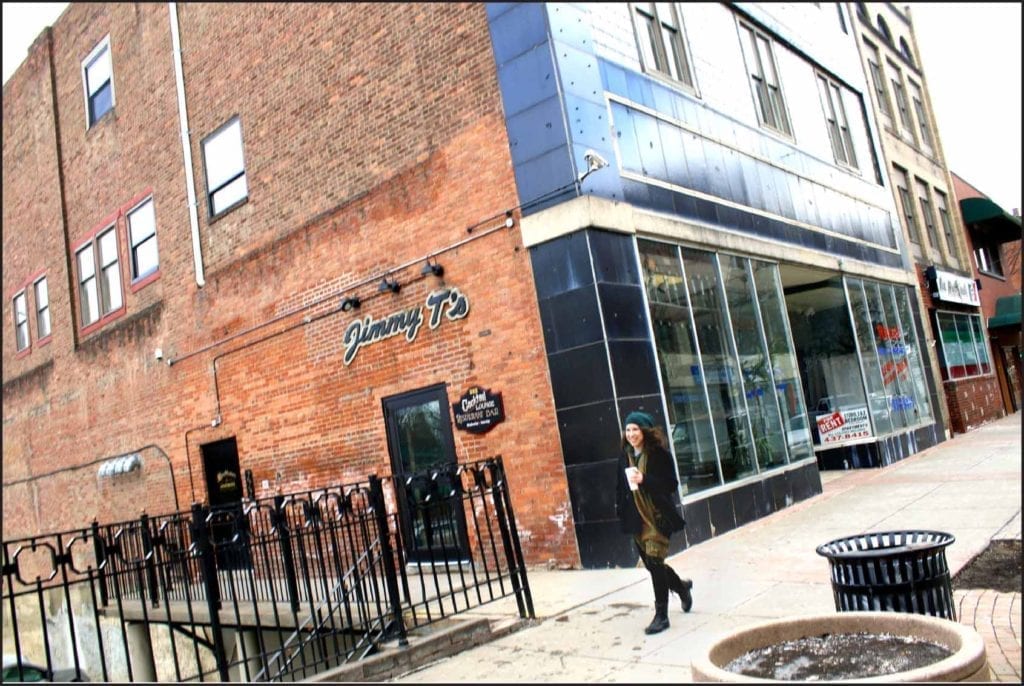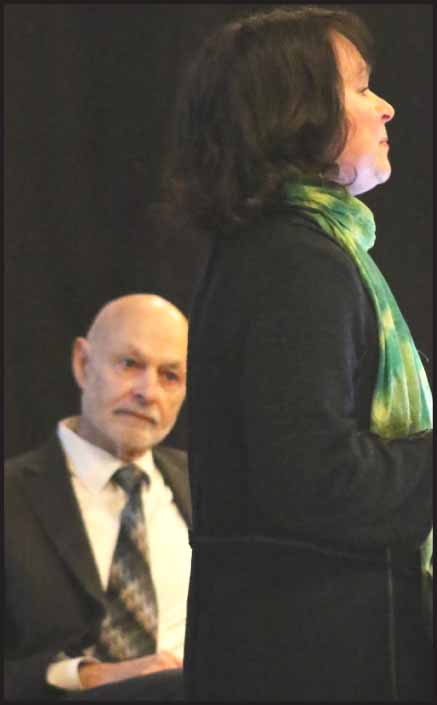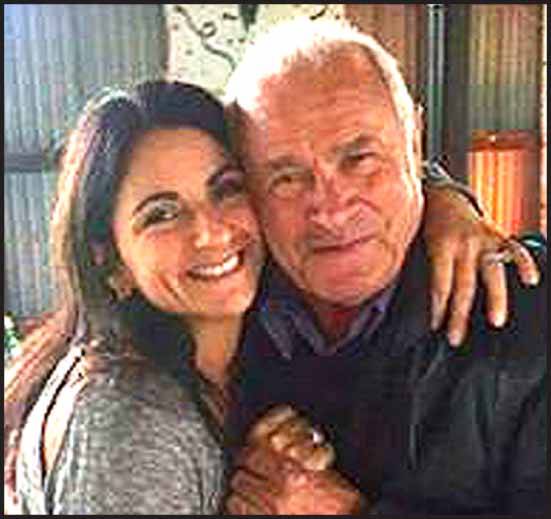Plan ‘Transformative,’
But Details Still Fuzzy
Nothing On File, And Officials Unclear On How $225K Will Be Used

By LIBBY CUDMORE
& JENNIFER HILL
ONEONTA – The DRI Project Selection Committee called the project “transformative” and awarded it $225,000.
But it turns out few details are available on what WHH Realty Corp., owned by city Planning Commission chair Anna Tomaino and her husband, Jimmy T’s proprietor Jim Tomaino, plan for 218-224 Main St.
Asked for details, Project Selection Committee chair Kim Muller, the former mayor, texted, “Some of the information you are looking for may be confidential … I’m trying to figure what level of detail I can share.”
She referred questions to the Tomainos and Mayor Gary Herzig.
Anna Tomaino said, “We want to develop that space for more businesses to move into. We want to see Main Street grow.”


But she offered nothing beyond that.
And no sketches or specific plans are included in the grant application on file with City Hall’s Community Development Director Judy Pangman.
Additionally, Anna Tomaino received $60,000 for signage and façade improvements to 216 Main St., the former Ruffino’s Pizza.
Asked for particulars, Mayor Herzig said the WHH “project is consistent with the plan to build a public plaza and a multi-use building above the Westcott Lot.” But he could provide no further details either.
He offered, “It’s a really exciting plan to attract people to downtown.”
WHH Realty’s $225,000 grant was one of the largest announced Tuesday, March 5, after Herzig’s State of the City speech at Foothills Performing Arts Center, and the only one defined as “transformative.”
There were only two bigger ones.
One, $301,000, went to Attorney Michael Getman, the county’s chief assistant district attorney, to development second-story housing at his office building at 16 Deitz St.
The other larger one, $290,000, went to Levites Realty Management LLC for façade improvements at Clinton Plaza.
In all, $1.9 million in state Downtown Revitalization Initiative (DRI) money was awarded to 63 projects, mostly for signage and/or façade improvements.
Initially, Herzig said, applicants were asked to apply for money in three categories – Upper Floor Housing, Signage and Façade Improvements. But “Transformative” was added to open up possibilities.
“It occurred to use that there might be a brilliant idea that can’t be pigeon-holed,” he said. “We wanted to encourage creative thinking.”
The only guideline, he said, was that it be “consistent with the DRI goals of bringing people to live, work and visit downtown Oneonta.”
The Tomaino project, Herzig said, could dovetail with one of the DRI’s key projects, the redevelopment of the Westcott Lot.
The Westcott project, Herzig said, has another $1.4 million in incentives for developers, and would likely include a walkway alongside the Tomainos’ building, which currently houses Jimmy T’s nightclub and the Sudz & Surf Laundry Lounge.
“It would really invigorate that corner, and ‘the missing tooth’ of the Westcott Lot,” said Pangman.
One of the ideas was to open up the side wall with access into businesses along the proposed walkway. “That building has limited access and it’s really unusable,” said Herzig. “If you could access it from the side, now it’s usable. Hopefully, that’s part of their plan.”
“We had the luxury of asking people to come up with ideas and cost estimates before having to describe how to implement their ideas,” said Pangman, the community development director. “It was conceptual. We wanted to see what ideas were out there, see if there was something really cool and invigorating and get that funded.”
For example, Pangman said, many business owners applying for signs brought in hand-drawn sketches with their applications, “rather than spend that money on a concept drawing.”
With 63 winners were selected from 100 applications, the next step is for the city to send out pre-award letters, which will detail what business owners must do next to secure the final grant.
An “environmental review” must be conducted – Delaware Engineering has been retained to assist, and business owners must pay $800 as a commitment fee – and then submitted to the state.
The state has the final say on whether or not the environmental review passes, and, once approved, a formal award is offered and a grant agreement signed by the business and the city.
If necessary, Pangman said, business owners can apply for a short-term loan and use the funds from the Downtown Improvement Fund to pay back the loan.
“We’re really excited about these projects,” said Pangman. “I cannot wait to see them happen.”

